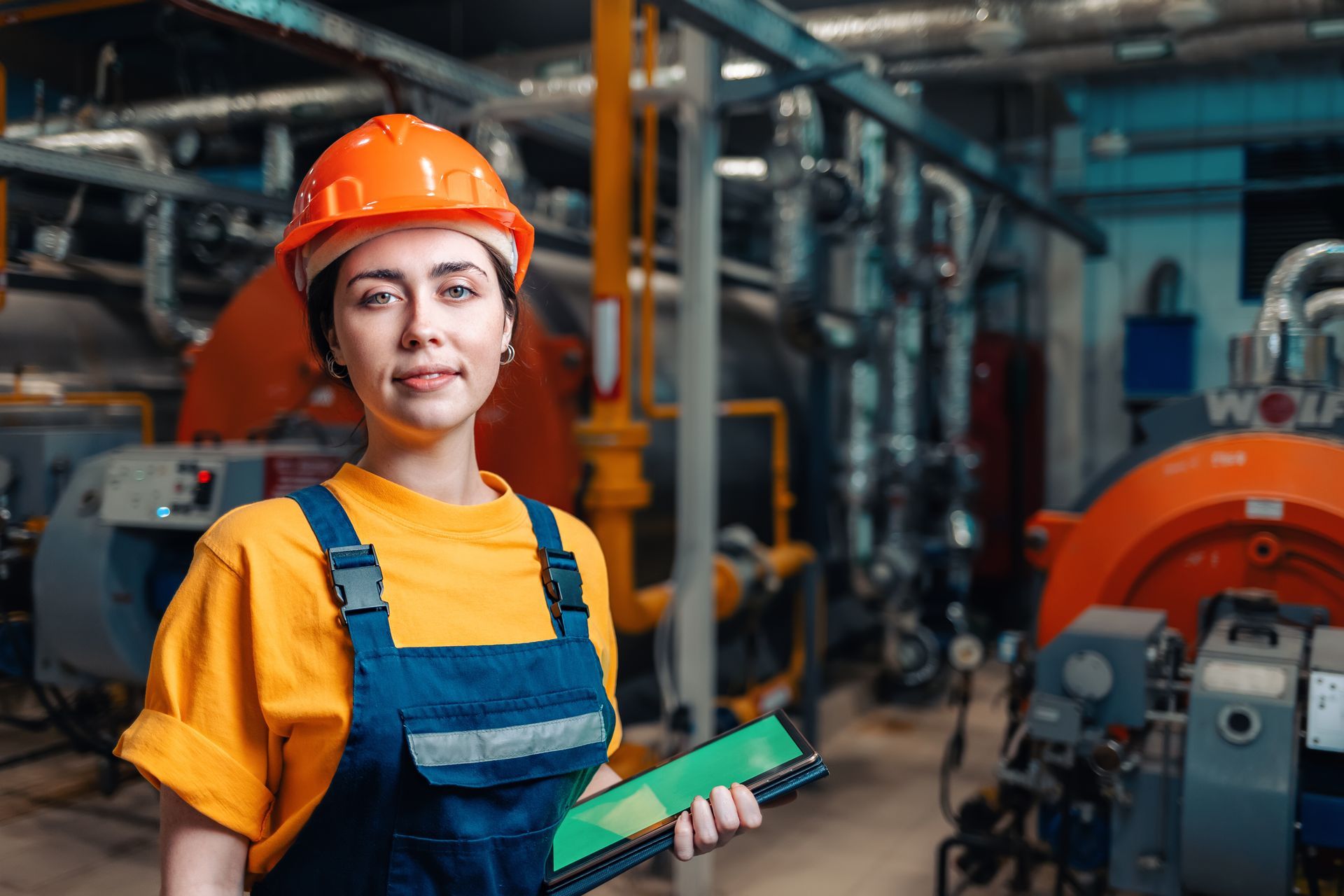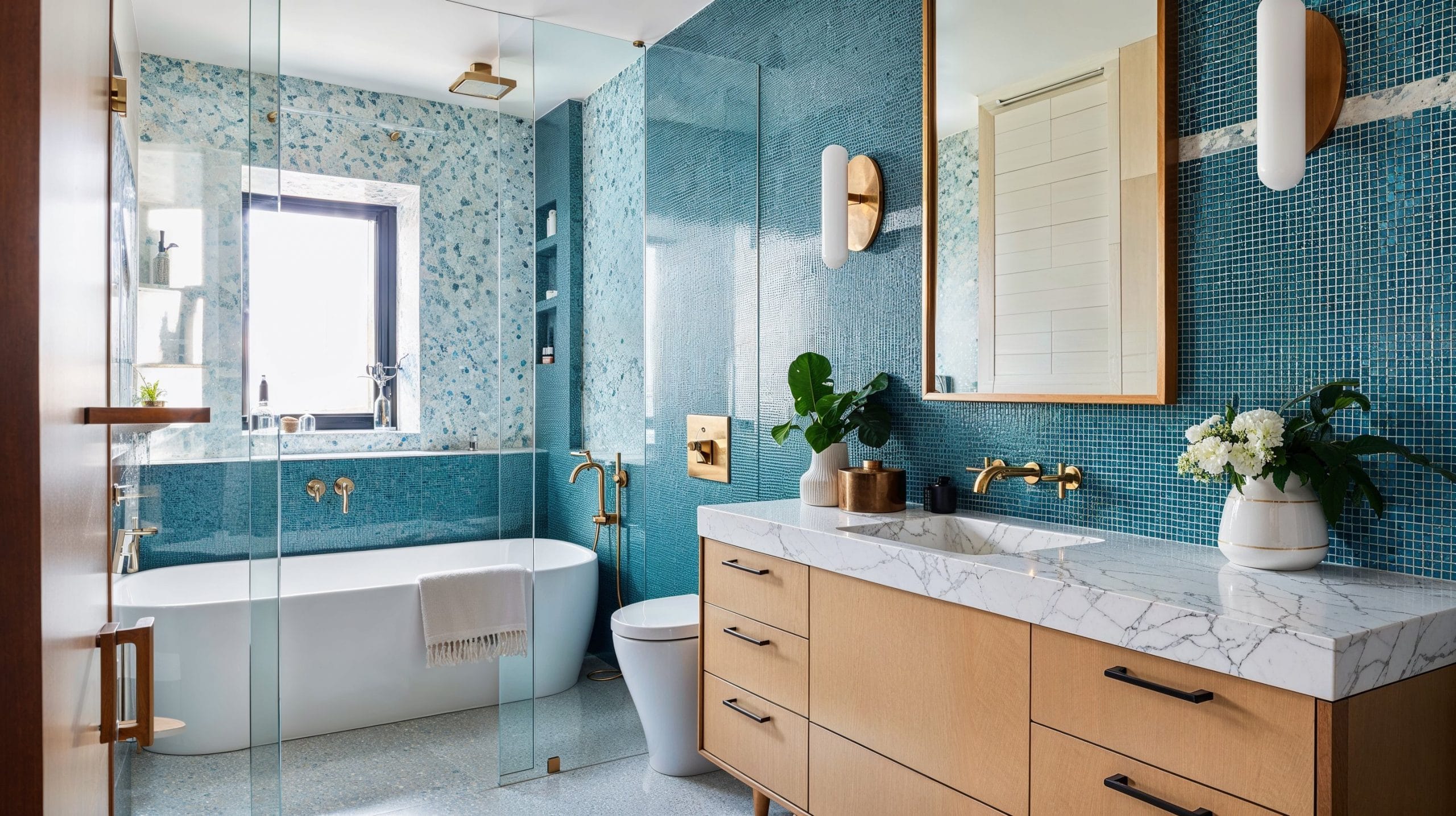Revealing the Next Phase of Plumbing: Patterns and Innovations
Schedule A ServiceThey are making a few good points on the subject of The Future of Plumbing: Trends and Innovations to Watch as a whole in the content in the next paragraphs.

Introduction
The plumbing sector is going through a transformative stage driven by technological innovations and expanding worries for sustainability and efficiency. This article discovers arising patterns and innovations forming the future of pipes.
Governing Landscape
Regulative structures play a critical role fit the adoption of plumbing technologies, with requirements and codes governing every little thing from water efficiency to item safety. As innovations remain to develop, regulative bodies must adjust to ensure customer defense and environmental stewardship.
Future Overview
The future of pipes is characterized by continued advancement and combination with various other sectors such as IoT, renewable energy, and structure automation. By welcoming lasting practices, leveraging emerging innovations, and focusing on user-centric style, the pipes industry is poised to address the evolving needs of culture while lessening its environmental footprint.
Increased Fact in Plumbing
Increased Truth (AR) technology is changing plumbing by offering service technicians with real-time aesthetic guidance for troubleshooting and repair tasks. AR-enabled smart glasses or mobile applications overlay digital information onto the physical setting, aiding plumbings visualize pipe designs, determine hidden leaks, and carry out fixings with accuracy.
Effect of 3D Printing
The development of 3D printing has introduced new opportunities in making plumbing components. From custom-designed components to complex pipe fittings, 3D printing allows for rapid prototyping and on-demand production, lowering preparations and allowing greater modification in pipes design.
Health and Safety Features
In feedback to enhanced issues for health and safety, pipes fixtures are including functions such as antimicrobial surfaces, touchless operation, and self-cleaning devices. These advancements not only enhance health but additionally promote customer comfort and convenience.
Hygiene-focused Components
Touchless faucets, self-sanitizing commodes, and antimicrobial surfaces are coming to be increasingly widespread in domestic and industrial setups, reducing the threat of germ transmission and advertising a cleaner, healthier atmosphere.
Water Quality Tracking
Developments in water top quality tracking modern technologies enable home owners to keep track of the pureness and safety and security of their water system in real-time. Smart water top quality sensing units can detect pollutants, pH degrees, and temperature level variations, equipping customers to take proactive steps to ensure water safety and security.
Remote Plumbing Services
Remote diagnostics and online assistance are reinventing the method plumbing services are supplied. Through video clip conferencing and remote access innovations, plumbers can repair issues, offer support for do it yourself fixings, and also perform remote evaluations, using better accessibility and benefit to house owners.
Difficulties and Opportunities
While pipes advancements hold tremendous assurance, they also existing obstacles such as information personal privacy problems, governing conformity, and the demand for labor force training. Attending to these challenges requires cooperation in between sector stakeholders and regulative bodies to make sure risk-free and responsible implementation of brand-new technologies.
Smart Plumbing Equipments
Integrating wise technology into plumbing systems enables remote monitoring, leak detection, and automated upkeep. Smart sensing units and IoT (Web of Things) devices permit home owners and plumbing professionals to check water use and detect issues in real-time, resulting in more efficient source management and aggressive maintenance.
Water Efficiency Solutions
With raising focus on water conservation, cutting-edge options are being developed to decrease water waste in pipes systems. High-efficiency components, greywater recycling systems, and clever irrigation controllers are amongst the innovations assisting customers minimize their water footprint while keeping comfort and convenience.
Sustainable Materials
The shift in the direction of sustainability reaches pipes products, with an expanding choice for environmentally friendly options. Biodegradable piping products, such as PEX (cross-linked polyethylene) and HDPE (high-density polyethylene), offer durability and resistance to rust without compromising environmental honesty.
Predictive Maintenance
Anticipating maintenance strategies utilize information analytics and machine learning formulas to prepare for and protect against pipes concerns before they happen. By assessing historic data and performance metrics, predictive upkeep formulas can recognize patterns and anomalies, enabling positive treatments to prevent costly repair services and disruptions.
Final thought
Finally, the future of pipes is specified by a merging of modern technology, sustainability, and user-centric layout. By welcoming clever remedies, lasting products, and aggressive upkeep practices, the plumbing industry can enhance efficiency, promote security, and contribute to a much more sustainable future.
The Future of Plumbing: Trends and Innovations to Watch
Introduction to Future Plumbing Trends
The future of plumbing is being shaped by several key factors, including technological advancements, environmental concerns, and changing consumer expectations. These factors are driving the development of new products, services, and practices that enhance the efficiency, sustainability, and convenience of plumbing systems.
Key Trends and Innovations in Plumbing
Smart Plumbing Systems: The integration of smart technology into plumbing systems is transforming the way we manage water usage and detect issues. Smart leak detectors, automated water shut-off valves, and smart faucets are just a few examples of how technology is enhancing plumbing systems. These devices provide real-time data and remote control capabilities, allowing homeowners to monitor and manage their water usage more effectively. Water Conservation and Efficiency: With increasing concerns about water scarcity, there is a growing emphasis on water conservation and efficiency. Innovations such as low-flow fixtures, greywater recycling systems, and rainwater harvesting are becoming more popular. Plumbers are adopting these technologies to help customers reduce their water consumption and save on utility bills. Sustainable Materials: The use of sustainable materials in plumbing systems is gaining traction. This includes the adoption of recyclable and biodegradable materials, as well as the use of non-toxic and eco-friendly products. Sustainable materials help reduce the environmental impact of plumbing systems and promote long-term sustainability. Energy-Efficient Water Heaters: Advances in water heating technology are leading to the development of more energy-efficient systems. Tankless water heaters, solar water heaters, and heat pump water heaters are becoming more prevalent. These systems offer significant energy savings and reduce the carbon footprint of homes and businesses. Trenchless Technology: Trenchless technology is revolutionizing the way plumbing repairs and installations are conducted. This method allows for the repair or replacement of pipes without extensive excavation, minimizing disruption and reducing costs. Techniques such as pipe bursting and cured-in-place pipe (CIPP) lining are gaining popularity. Health and Safety: The focus on health and safety is driving innovations in plumbing systems. Touchless faucets and fixtures, antimicrobial materials, and improved water filtration systems are being developed to enhance hygiene and protect public health. Plumbers are adopting these innovations to meet the growing demand for safer and healthier plumbing solutions. Remote Diagnostics and Monitoring: The ability to diagnose and monitor plumbing systems remotely is becoming increasingly important. Remote diagnostic tools and sensors allow plumbers to identify issues and perform maintenance without the need for on-site visits. This enhances efficiency and reduces the need for costly emergency repairs. Impact of Future Trends on the Plumbing Industry
Enhanced Efficiency: The adoption of smart technology and energy-efficient systems will enhance the efficiency of plumbing systems. This will lead to reduced water and energy consumption, lower utility bills, and improved performance. Sustainability: The focus on sustainability will drive the development and adoption of eco-friendly plumbing solutions. This will contribute to the conservation of natural resources, reduction of waste, and protection of the environment. Improved Customer Experience: The integration of technology and innovative solutions will improve the customer experience. Homeowners will have greater control over their plumbing systems, access to real-time data, and the ability to manage their water usage more effectively. Increased Demand for Skilled Plumbers: The adoption of new technologies and materials will require plumbers to acquire new skills and expertise. There will be an increased demand for skilled plumbers who are knowledgeable about the latest trends and innovations. Cost Savings: The use of efficient and sustainable plumbing solutions will result in cost savings for both homeowners and businesses. Reduced water and energy consumption, lower maintenance costs, and fewer emergency repairs will contribute to overall affordability. Preparing for the Future of Plumbing
Stay Informed: Keep up-to-date with the latest trends and innovations in the plumbing industry. Attend industry conferences, participate in training programs, and engage with manufacturers to stay informed. Invest in Training: Ensure that you and your team are trained in the latest technologies and installation techniques. This will enable you to offer cutting-edge solutions to your customers and stay competitive in the market. Promote Sustainable Solutions: Highlight the benefits of eco-friendly and energy-efficient plumbing solutions to your customers. Educate them about the advantages of adopting sustainable practices and products. Leverage Technology: Embrace smart technology and remote diagnostic tools to enhance your services. Offer remote monitoring and maintenance options to provide added convenience and value to your customers. Collaborate with Manufacturers: Partner with manufacturers of innovative plumbing products to gain access to the latest solutions and technical support. This can also provide opportunities for joint marketing efforts. Focus on Customer Education: Educate your customers about the benefits and functionality of new plumbing technologies. Provide guidance on how to use smart systems and maintain sustainable plumbing solutions. Conclusion
The future of plumbing is being shaped by exciting trends and innovations that promise to enhance efficiency, sustainability, and convenience. By staying informed and embracing these changes, plumbers can provide superior services to their customers and contribute to a more sustainable future. The adoption of smart technology, sustainable materials, and energy-efficient systems will drive the evolution of the plumbing industry, creating new opportunities and challenges. By preparing for the future, plumbers can ensure their success in a rapidly changing market.

I hope you enjoyed reading our topic on . Thank you so much for taking the time to read through our content. You should take a moment to share this write-up if you appreciated it. Thanks for taking the time to read it.
Give Me A Quote!